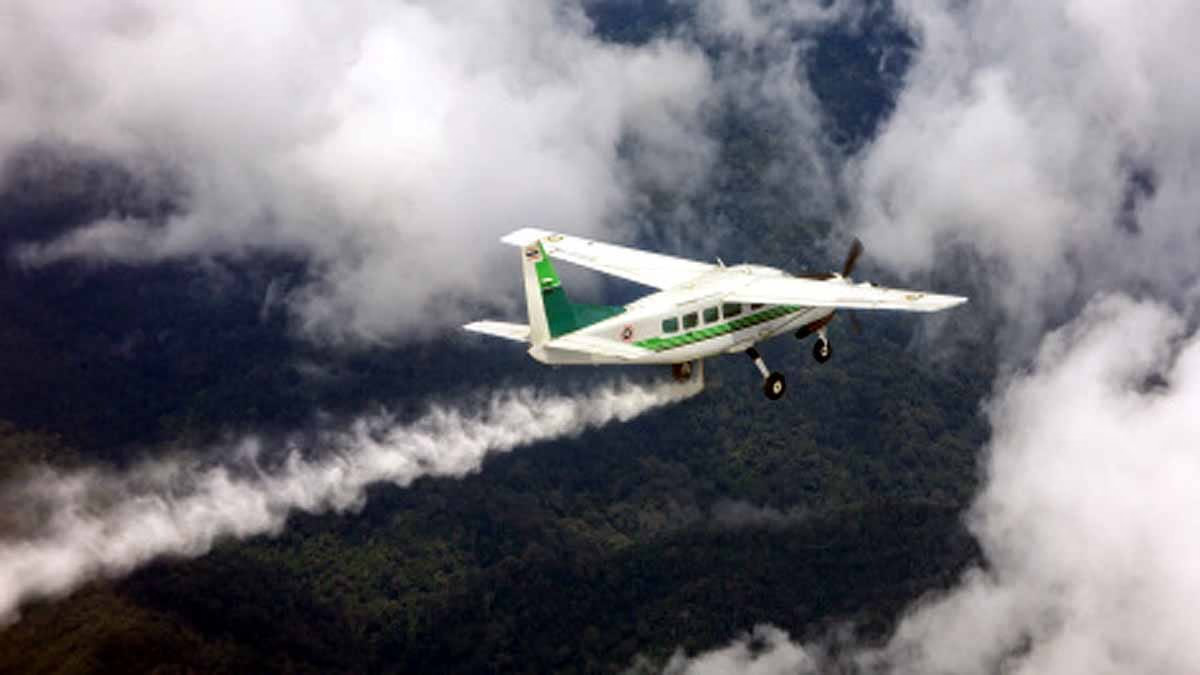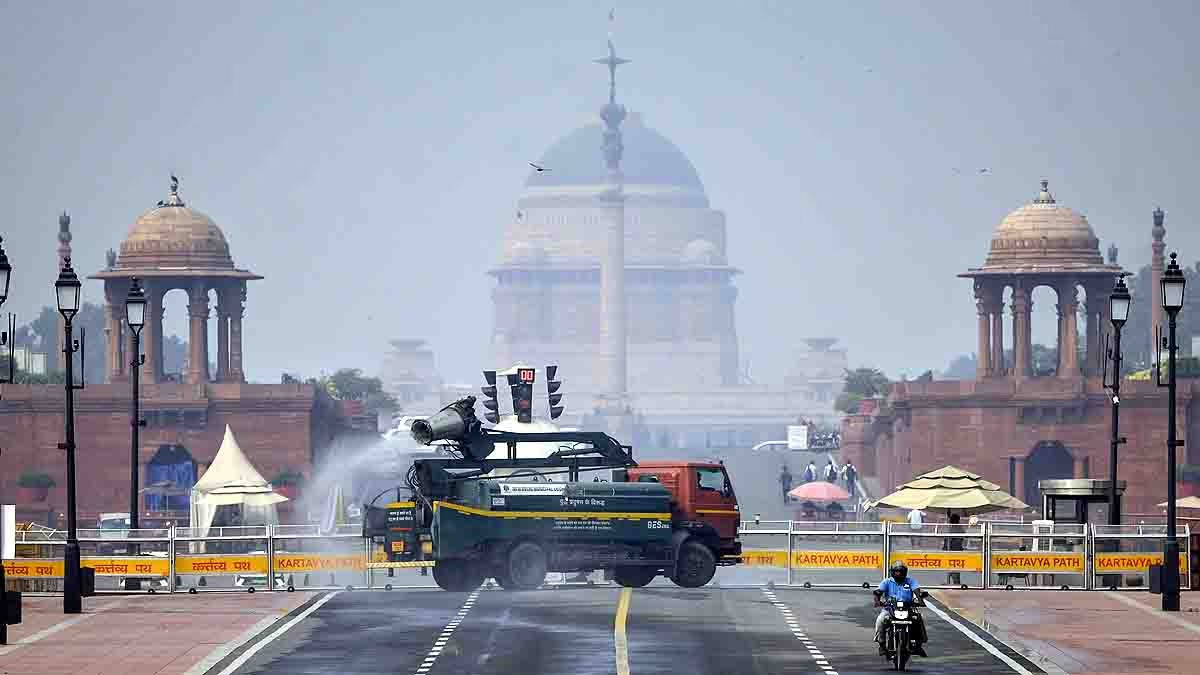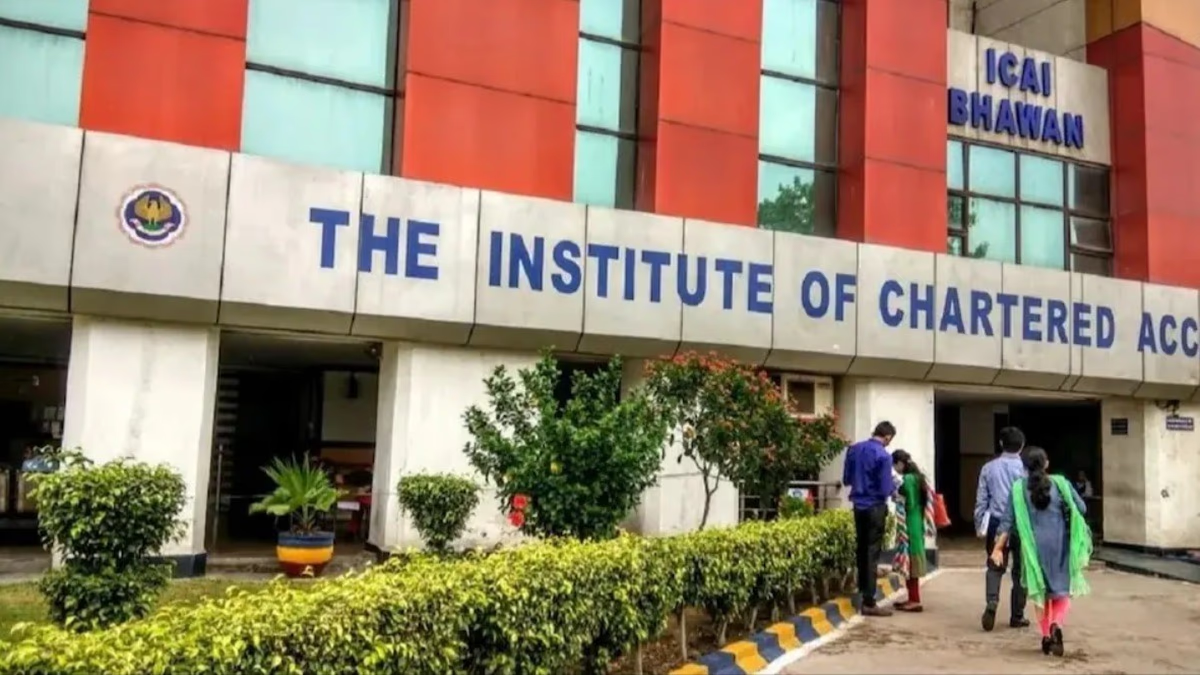Each winter, Delhi's air turns toxic. Post-Diwali, the smog grows so thick that breathing becomes a challenge. To tackle this issue, the Delhi government is opting for artificial rain through a technique known as cloud seeding. This technology involves triggering rainfall by introducing chemicals into clouds, significantly different from natural rainfall.
Cloud seeding is a scientifically backed method, where specific chemicals are dispersed into existing clouds to prompt rainfall. These substances assist in binding water droplets or ice crystals. The key chemicals in use are Silver Iodide, Dry Ice (cold carbon dioxide), and salt (like iodized salt).
Read More: Delhites Prepare for Artificial Rain Anytime in the Next Three Days
This technique has been employed since the 1940s, notably by countries like the USA, China, and the UAE to alleviate water shortages or reduce pollution. In Delhi, the initiative aims to cleanse the air. The endeavor is named 'Technology Demonstration and Evaluation of Cloud Seeding for Delhi NCR Pollution Mitigation,' costing ₹3.21 crore.
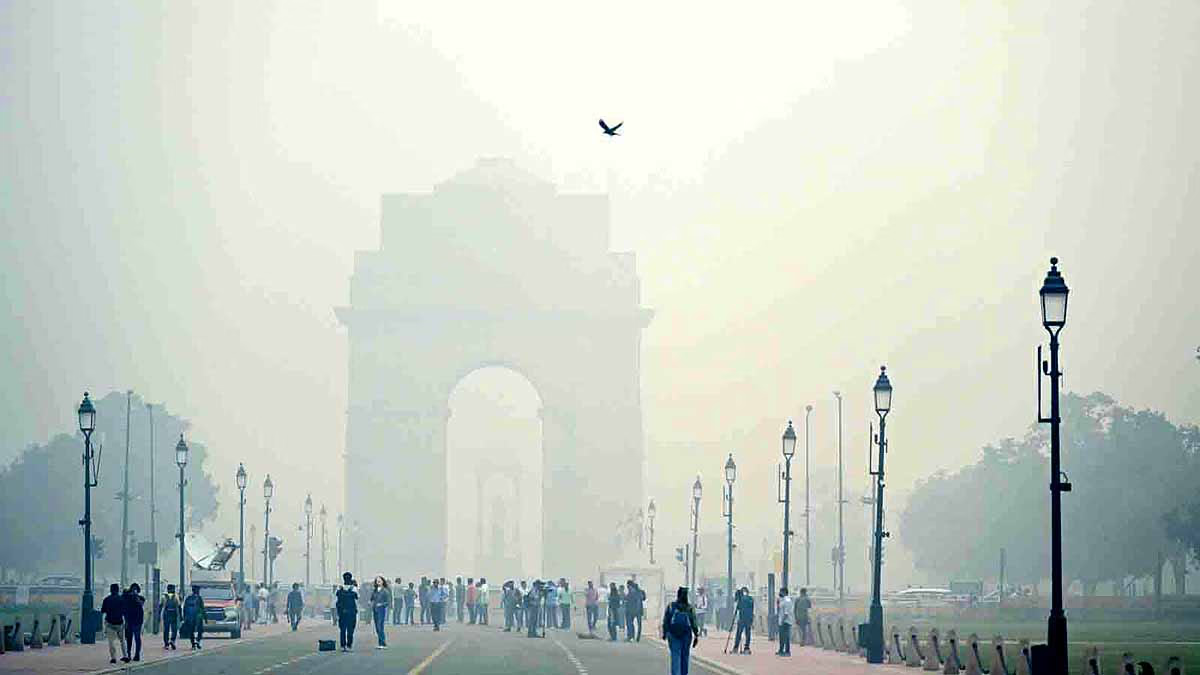
Source: aajtak
Natural rain is a marvel of nature—clouds form, the air cools, moisture gathers into droplets, and then it rains. This process happens without human intervention. However, cloud seeding involves human actions. The main differences include...
Need for clouds: In natural rainfall, clouds form organically. Cloud seeding necessitates pre-existing moist clouds. The process halts without clouds. As of October 2025, a lack of clouds in Delhi has paused trials.
Rain volume: Natural rainfall varies in volume. With cloud seeding, rainfall only increases by 5-15%. The Delhi trials are expected to boost rainfall by 10-15%, while some pilot trials in India showed only a 3% increase.
Duration and coverage: Natural rain can last for hours or days. Artificial rain is brief—a single flight over Delhi takes 90 minutes, covering 100 square kilometers. It's targeted at polluted areas like Northwest Delhi.
Objective: Natural rain provides water. Artificial rain purifies the air—in Delhi, PM2.5 levels in the winter of 2024-25 were 175 micrograms per cubic meter, which reduces life expectancy by 11.9 years compared to WHO standards.
Cloud seeding 'shocks' clouds into releasing rain, unlike the 'dance of nature' in natural rainfall.
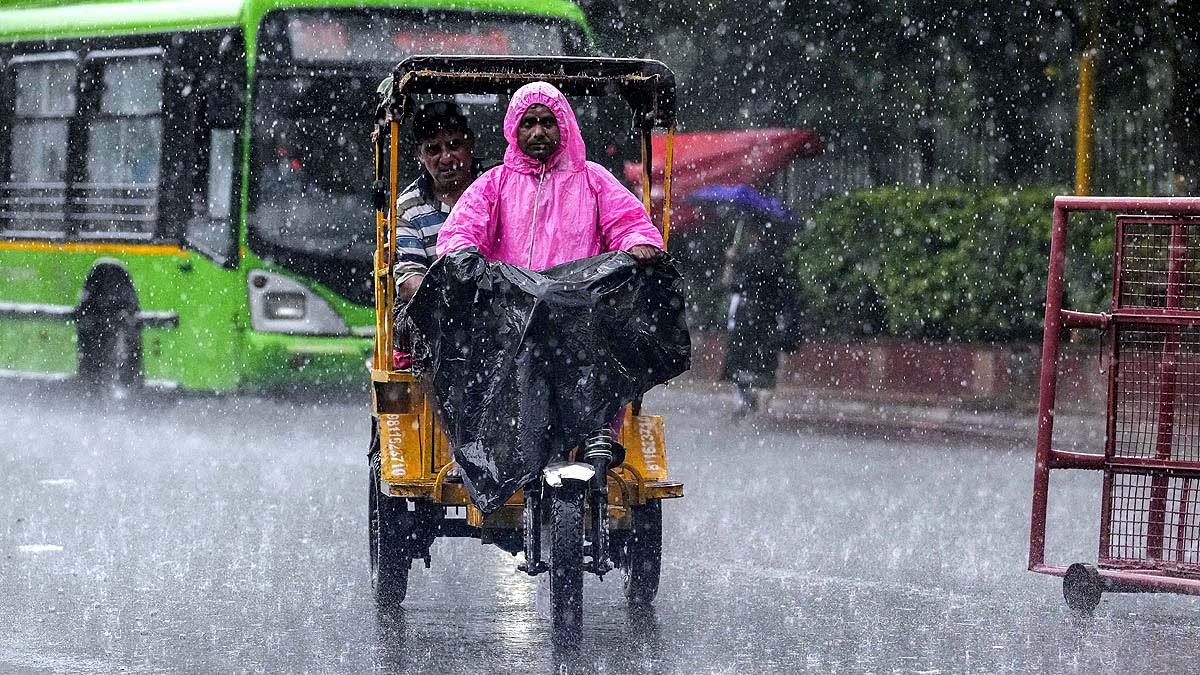
Source: aajtak
Delhi's project, developed by IIT Kanpur, IMD, and IITM Pune, deploys five modified Cessna aircraft to disperse these chemicals during flights.
Methodology: Aircraft soar into clouds, releasing chemicals that join water droplets, which then become heavy enough to fall as rain. Monsoon clouds, abundant in moisture, yield more success.
Trial Schedule: Initially slated from July 4-11, 2025, adverse weather caused delays until August 30-September 10. Each trial lasts 20-90 minutes. Successful trials can purify the air by 20-30%, though the effects are temporary.
Statistics: Globally 39 countries have practiced it. China spent $2 billion from 2014-2021. Saudi Arabia allocated $256 million in 2022. Once tested in drought-hit Indian regions, Delhi now faces its first trial.
Read More: Pollution Starts from the Womb... Burdens Children's Health, CSE Report
Delhi Example (2025): During July trials on monsoon clouds, light rain over a 100 square kilometers area washed away pollutants. Yet further trials are needed in winter when pollution increases.
China Example: Preceding the 2008 Beijing Olympics, cloud seeding cut pollution by 40%. It remains in use for air cleaning in 2025.
UAE Example: Since 2016, a $22.5 million grant has resulted in a 15% rain increase in deserts, occasionally risking floods.
These cases showcase how success is heavily dependent on weather conditions.
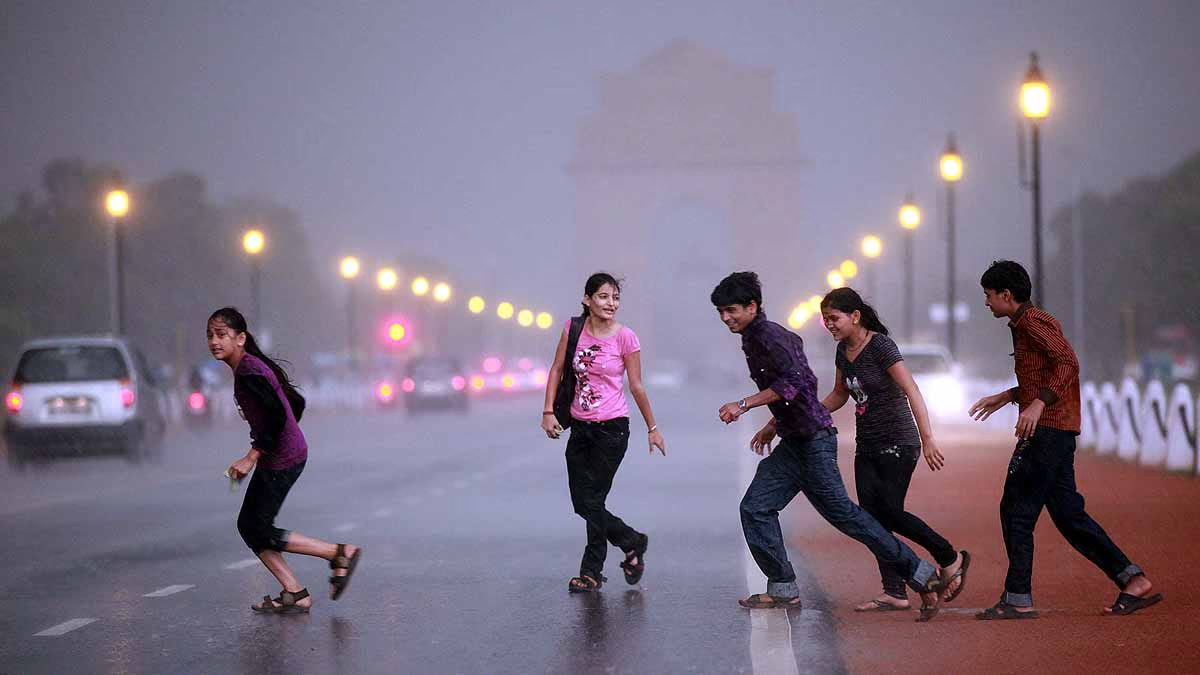
Source: aajtak
Generally deemed safe, cloud seeding carries potential risks if conducted improperly. The key risks are...
Health Risks:
Silver Iodide has low toxicity, but excessive exposure can irritate the respiratory system or skin. People with asthma face risks. Rainfall may be contaminated, causing gastrointestinal issues upon consumption. Studies say it is safe at normal levels, but on a larger scale, the potential for harm exists.
Environmental Risks:
Chemicals can accumulate in soil or water. Undesired rainfall or droughts may affect downstream areas. Climate change may lessen its efficacy.
Other Risks:
Without clouds, funds are wasted. In the US, 10 states banned it, perceived as 'weather modification.' High costs—Delhi's ₹3 crore is solely for trials.
Read More: The Only Country with Three Air Forces... No Other Air Force Matches It
Avoid venturing out during operations, wear masks.
Filter rainfall water or avoid drinking it.
Health Checks: Lung screenings, allergy tests.
Government monitoring required—testing water quality.
The 2025 US GAO report indicates minimal risks but recommends long-term studies. Cloud seeding brings new hope for Delhi's pollution woes. It's more succinct and directed than natural rain, potentially providing 5-15% additional water. However, without clouds, its usefulness fades.
